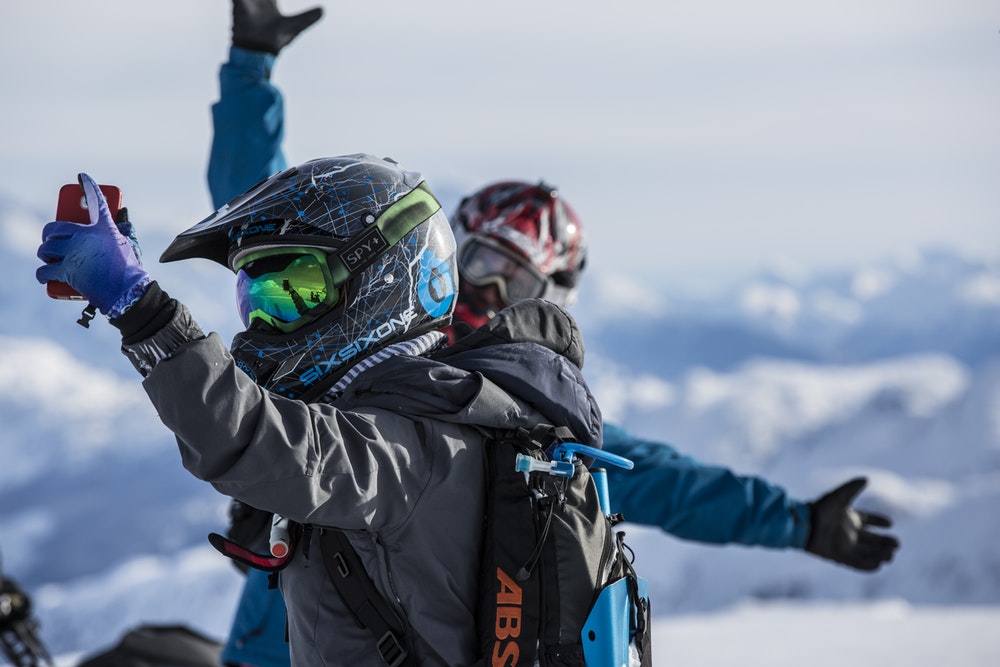As a mountain biker, your safety should always come first. You can never know when a tree branch or rock will hit your face while going downhill. Therefore, choosing the right helmet is crucial in terms of keeping yourself safe while enjoying your ride on the mountains. Helmets are available in different styles, and you will have to choose between full face and half-face helmets.

Full-face helmets cover your entire head, including your chin and face. On the other hand, half-face helmets only protect the top of your head, leaving the lower part exposed. In this blog, we will be discussing the differences between full-face helmets and half-face helmets, so you can decide which one is the best for you.
Full Face Helmets
Full-face helmets provide complete coverage to your head, including your chin, cheekbones, and jawline. They are mostly recommended for downhill rides, where crashes are more likely to happen. The full-face helmet design also allows for better ventilation and airflow, preventing you from getting too hot and sweaty during long rides.
Full-face helmets come in a range of designs and styles. Some of them come with visors, which provide you with an extra layer of protection against the sun, and some even come with detachable chin guards. Full-face helmets also come in various sizes, so you can find one that fits your head perfectly.
Half Face Helmets
Half-face helmets, also known as open-face helmets, are designed to protect the top of your head, leaving your face and jawline exposed. They are perfect for cross-country or road biking, where the terrain is less technical and doesn’t require full facial protection. Half-face helmets are also relatively lighter and more comfortable to wear than full-face helmets. They are more breathable, making them ideal for hot weather riding.
Half-face helmets also come in a range of designs and styles. Some come with a visor, while others don't. Some have a removable chin strap that allows you to switch between full-face and half-face mode.
Which One to Choose?
Choosing the right helmet depends on the type of riding you do. For extreme downhill riding, where the risk of crashes is high, a full-face helmet is the best bet. It provides complete protection to your entire head, including your face and jawline, reducing the risk of injuries.
For less technical terrain like cross-country or road biking, a half-face helmet will suffice. It is lighter, more comfortable, and provides enough protection to keep you safe.
In a nutshell, if you are a thrill-seeker who loves downhill mountain biking, go for a full-face helmet. And if you love cruising on flat terrains, then a half-face helmet is the best option for you.
Conclusion
When it comes down to it, the choice between full-face helmets and half-face helmets depends on your preferences and the type of riding you do. If you are still confused, you can always consult with an expert in your local bike shop or read reviews online to get an idea of what other riders are saying about each type of helmet.
Remember, your safety is your top priority as a mountain biker. So, always choose a helmet that fits your head perfectly and provides adequate protection. Whether you choose a full-face helmet or a half-face helmet, make sure you wear it every time you ride. Stay safe and enjoy your ride!